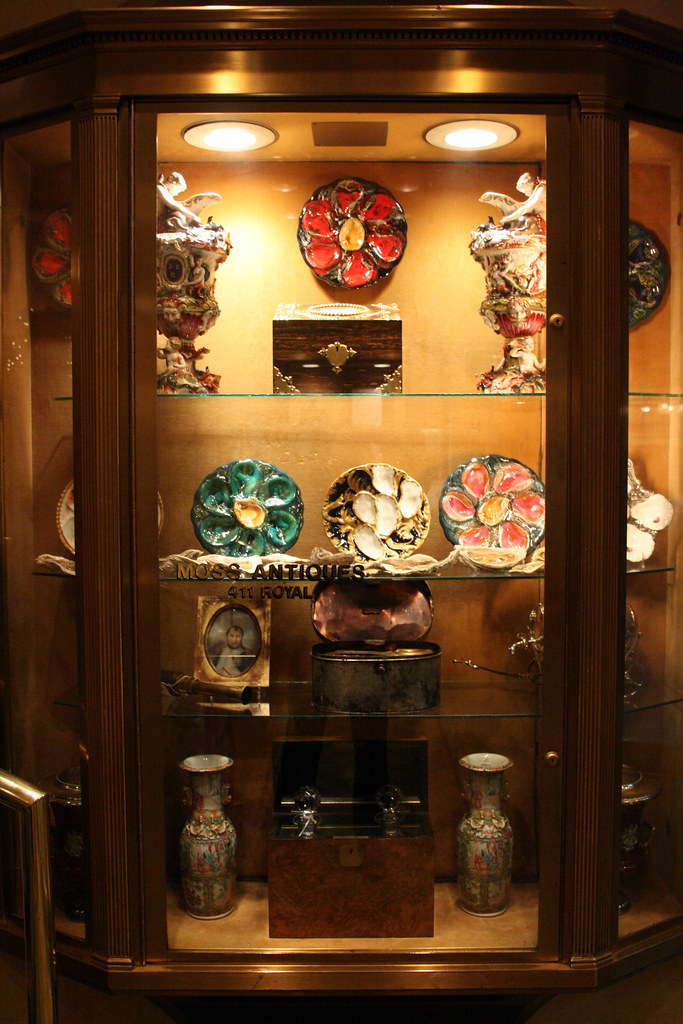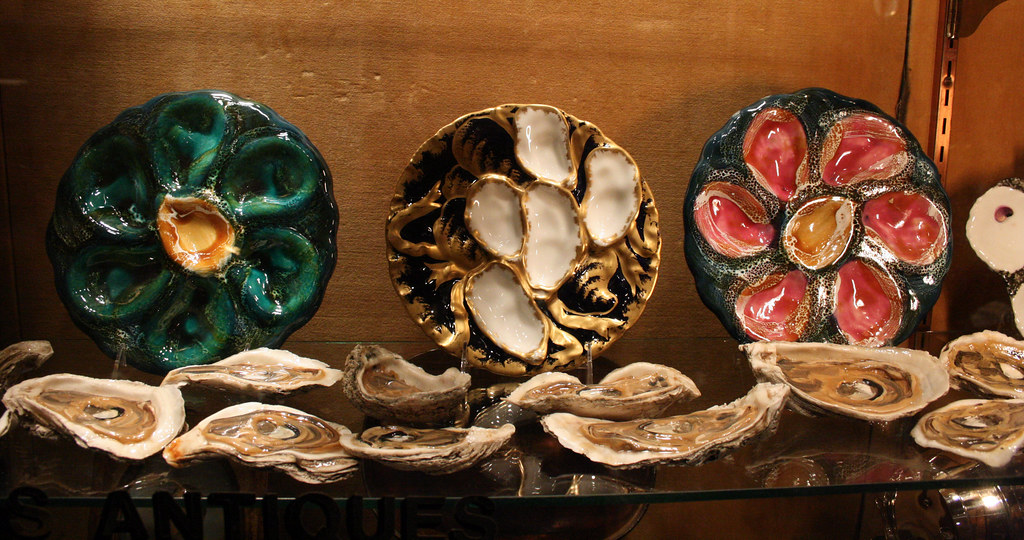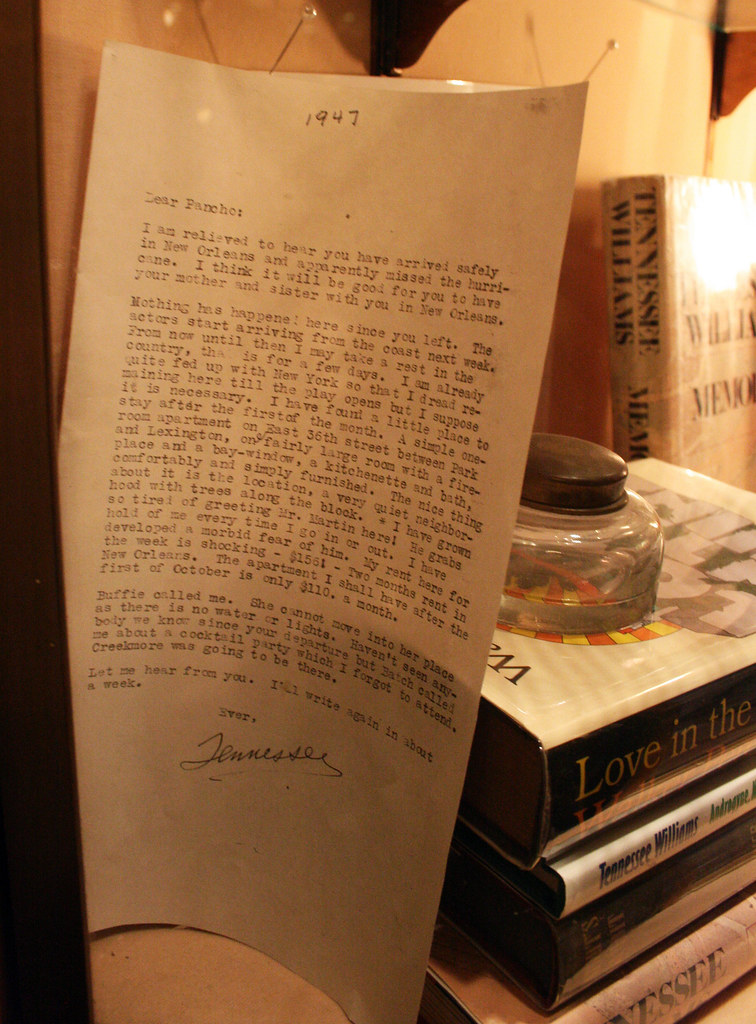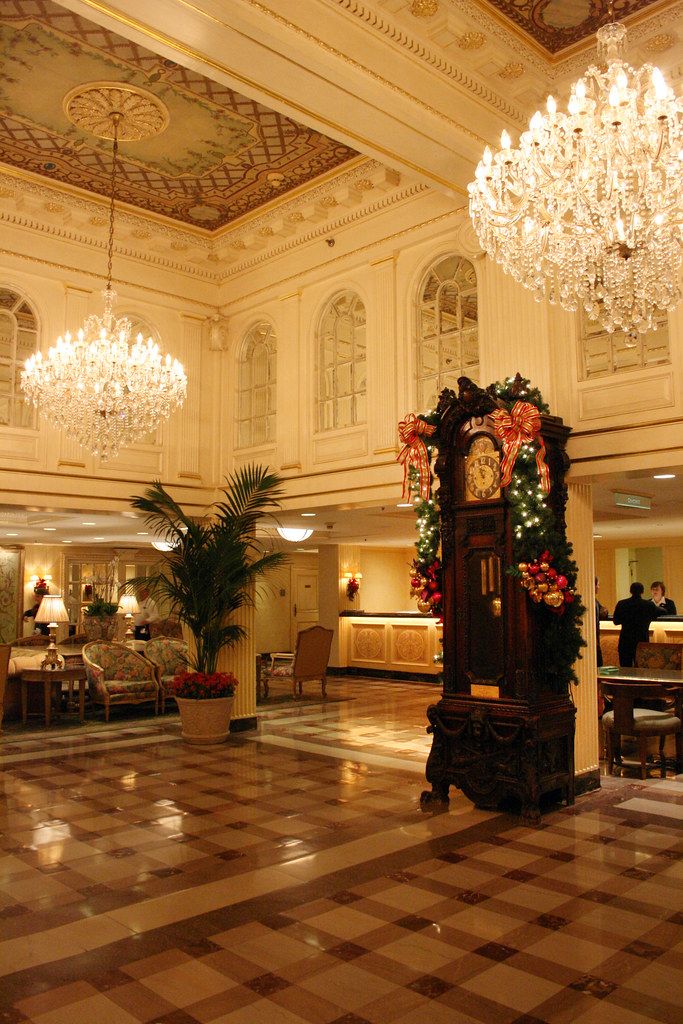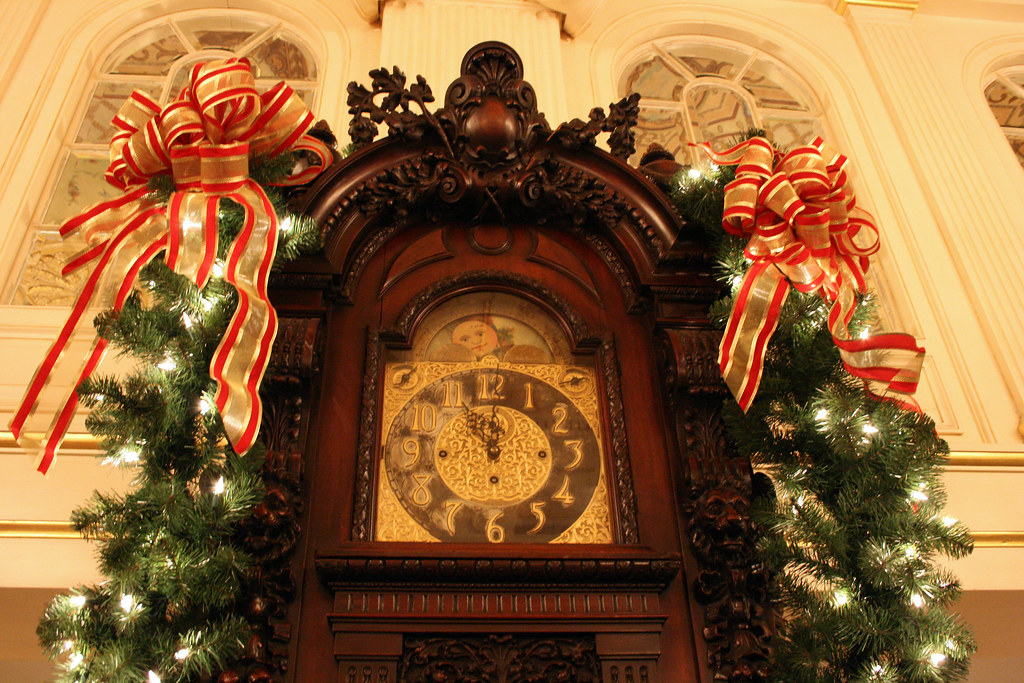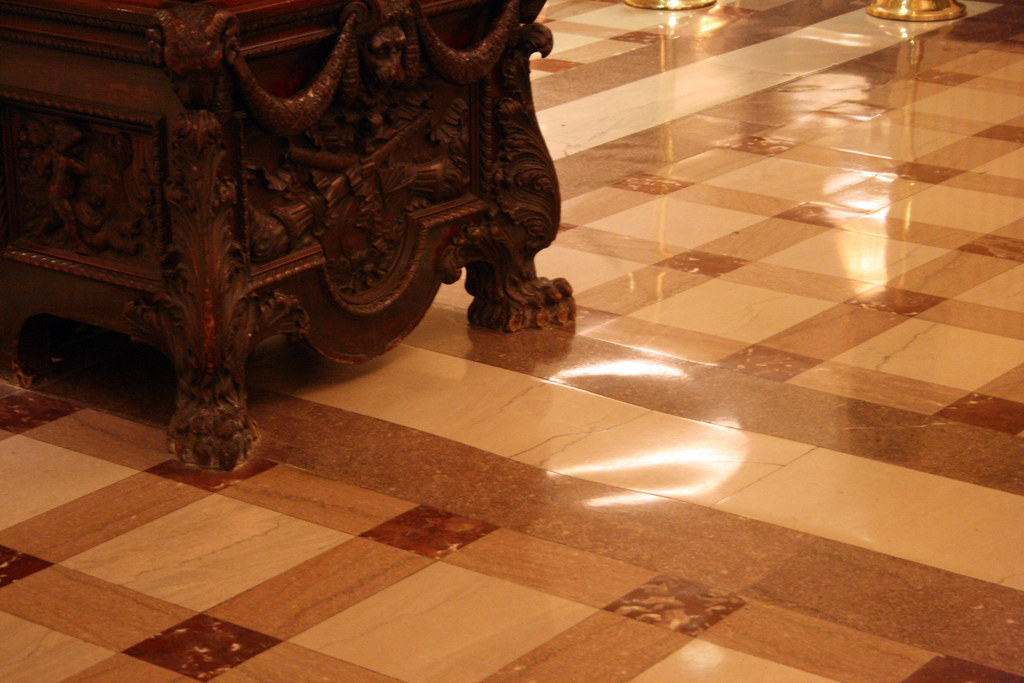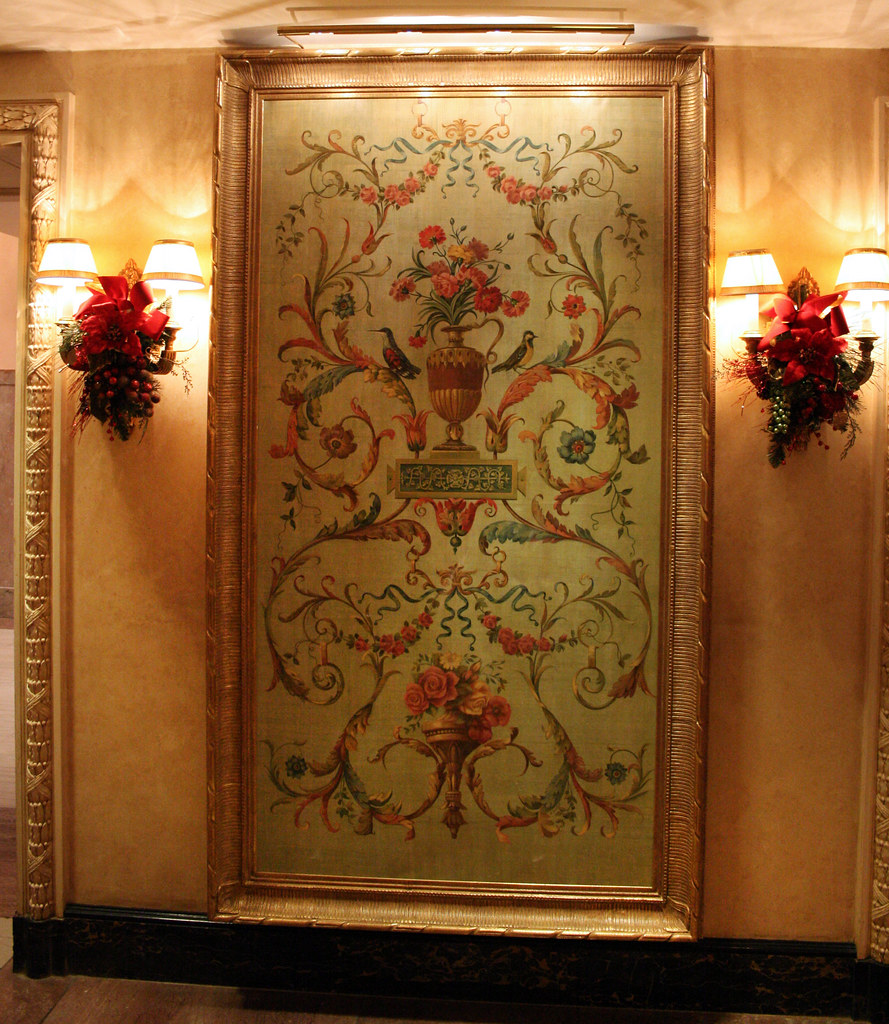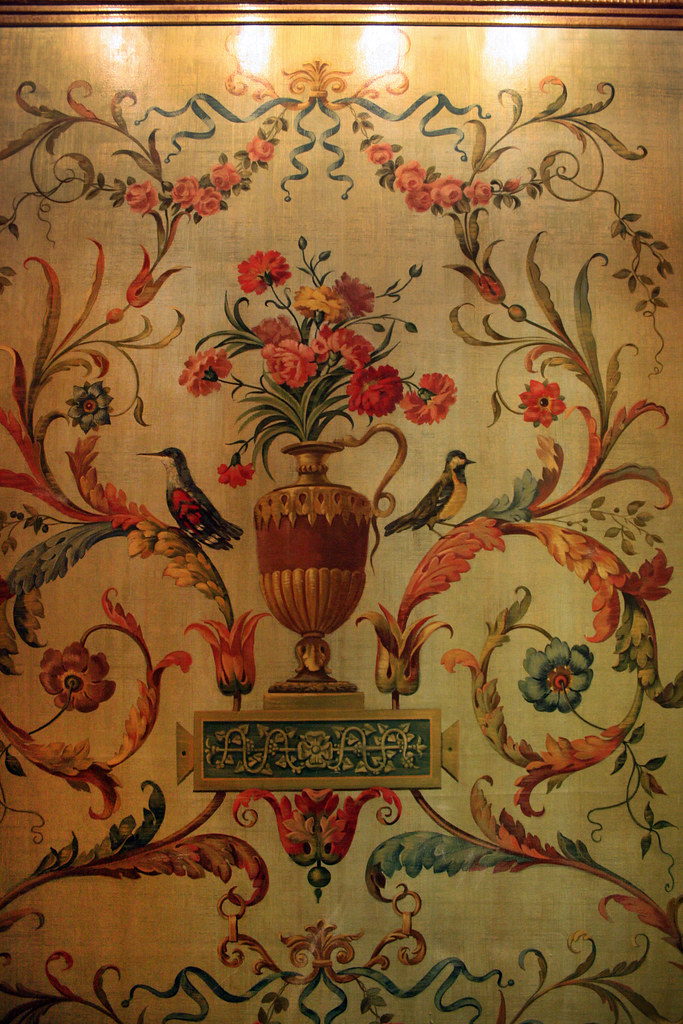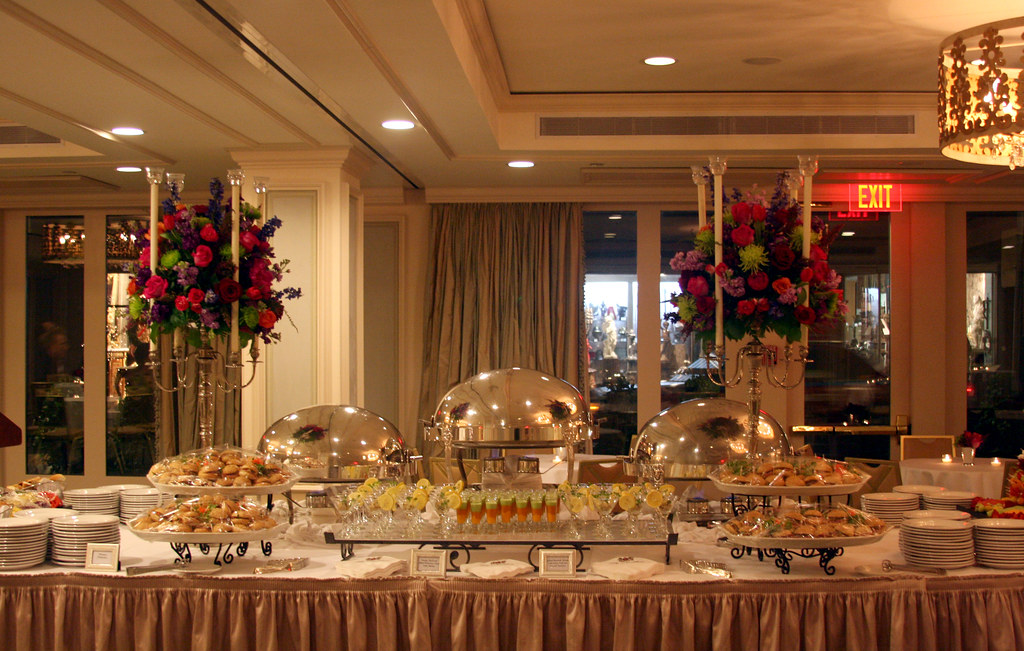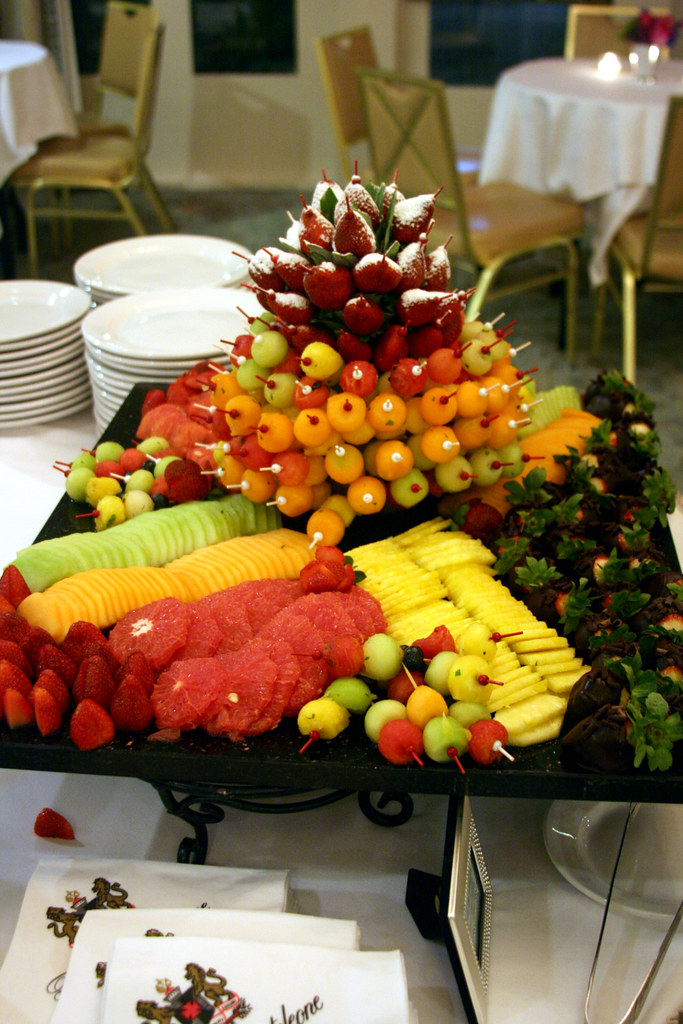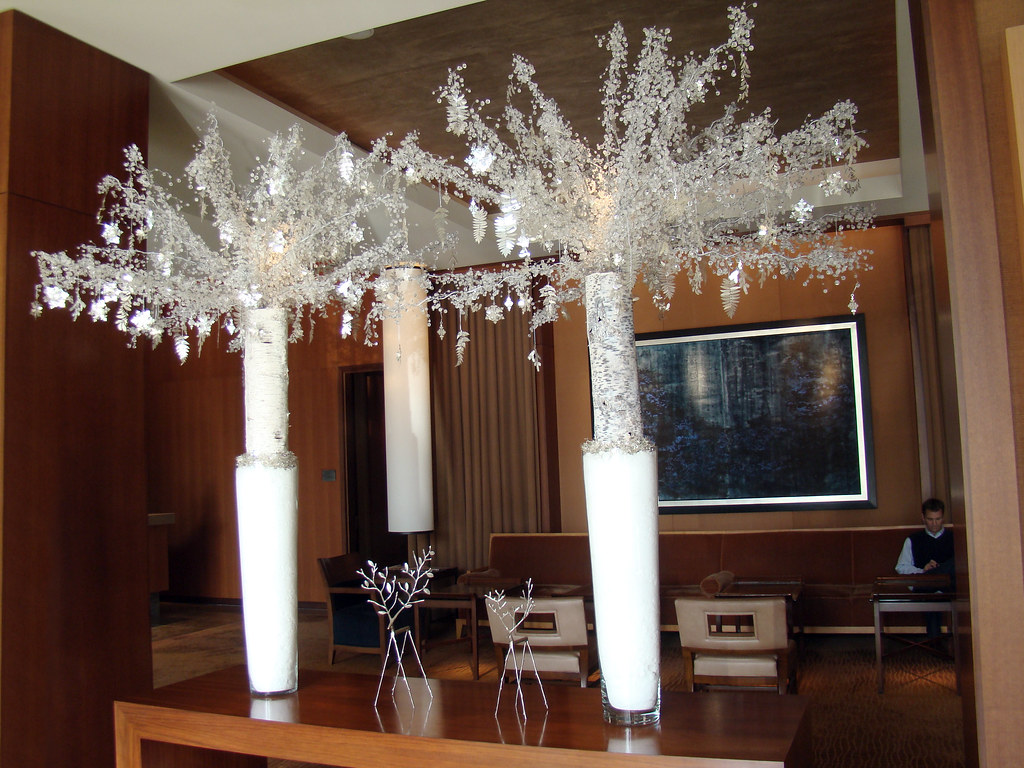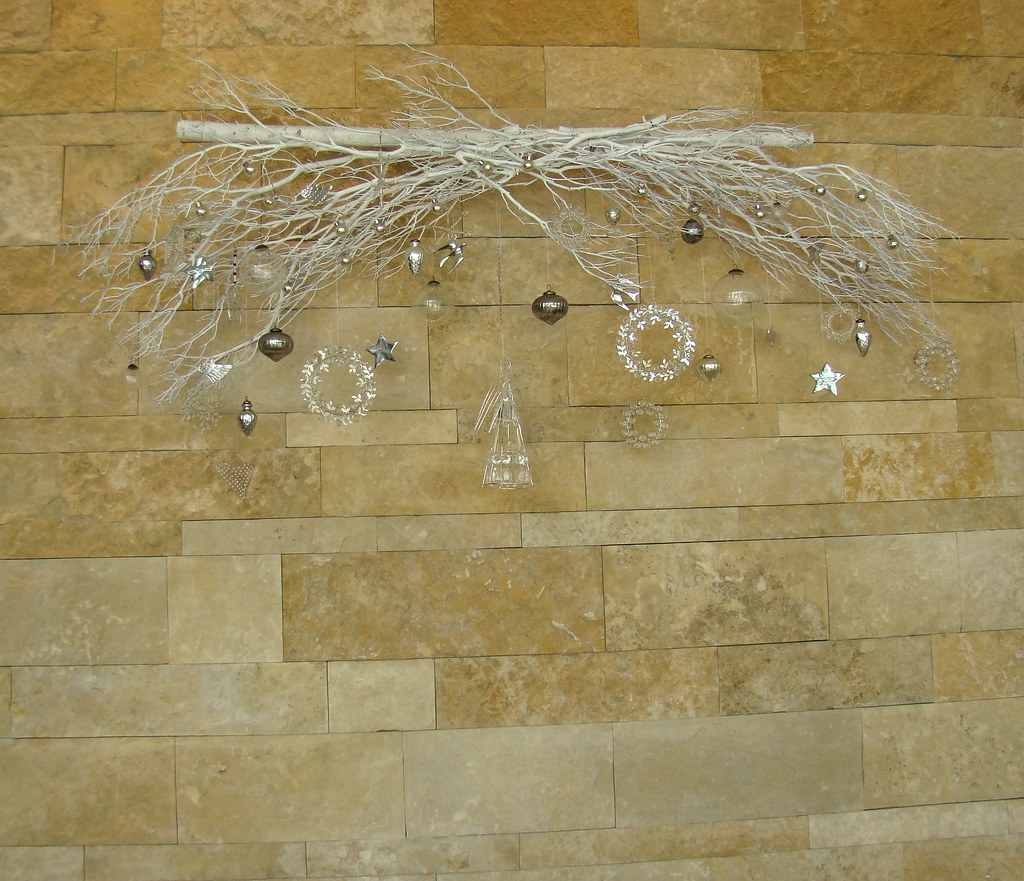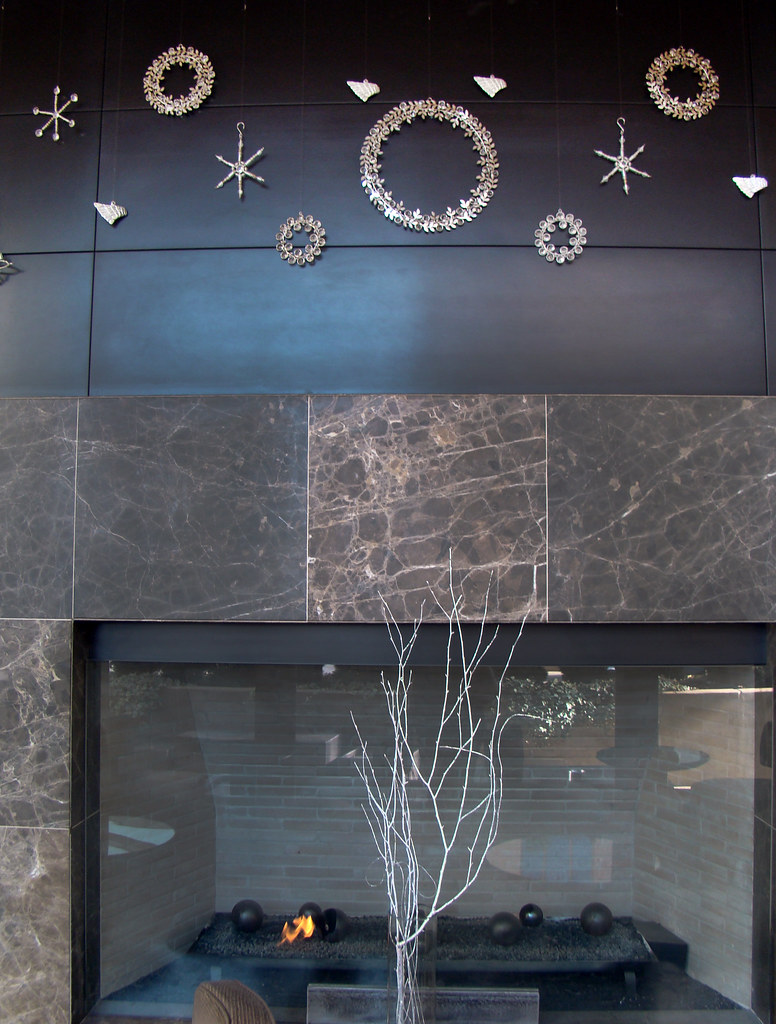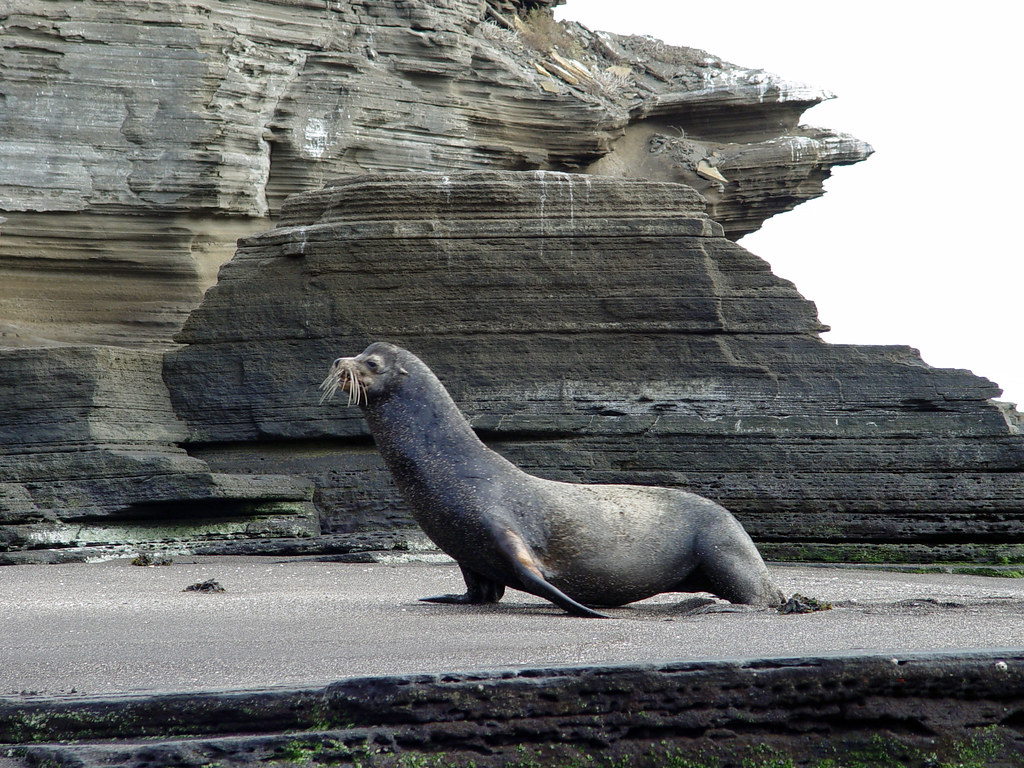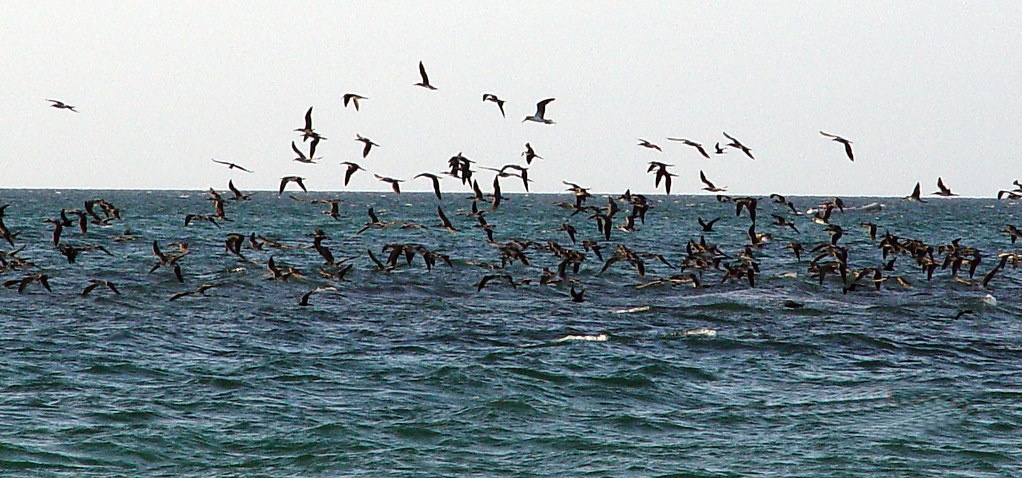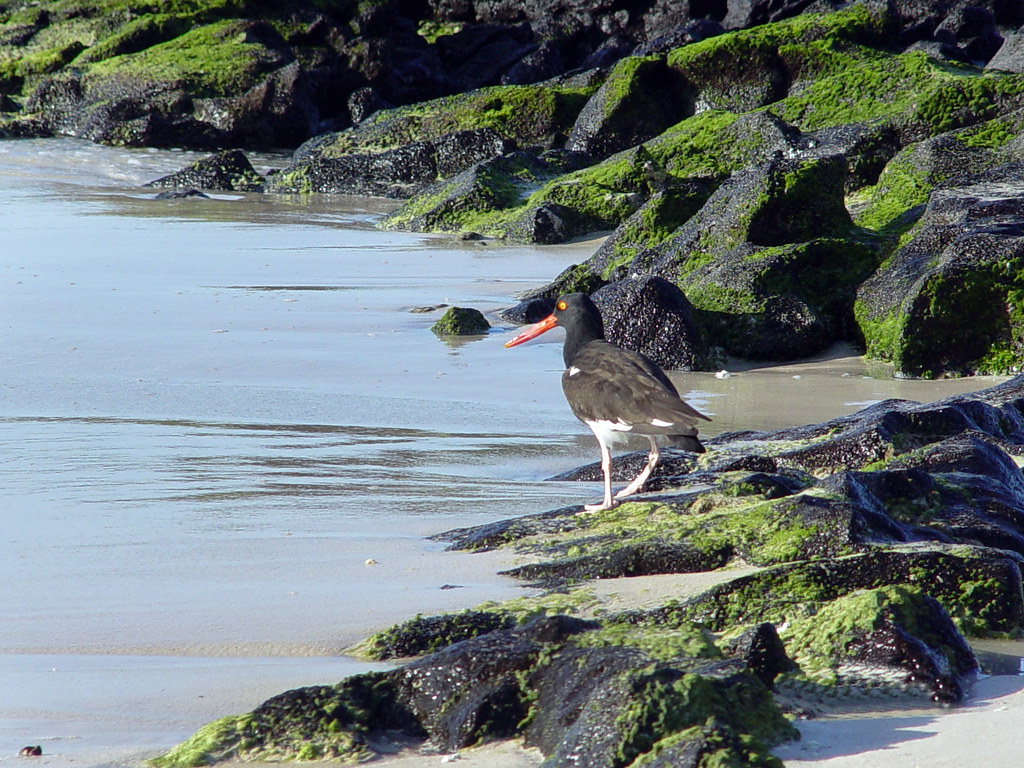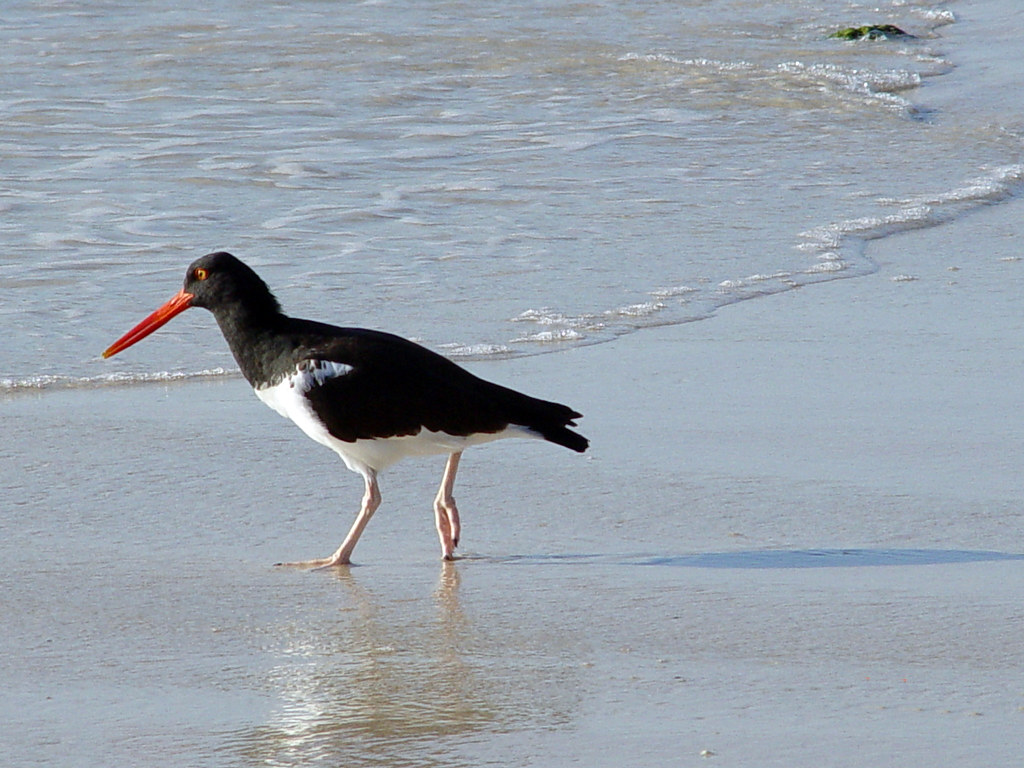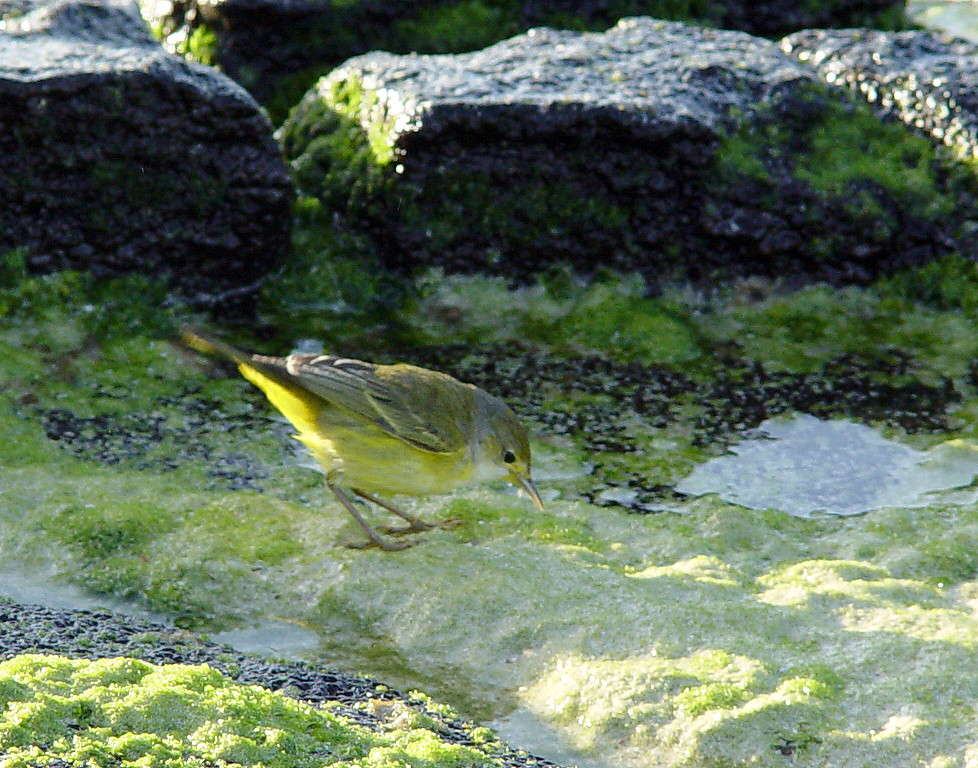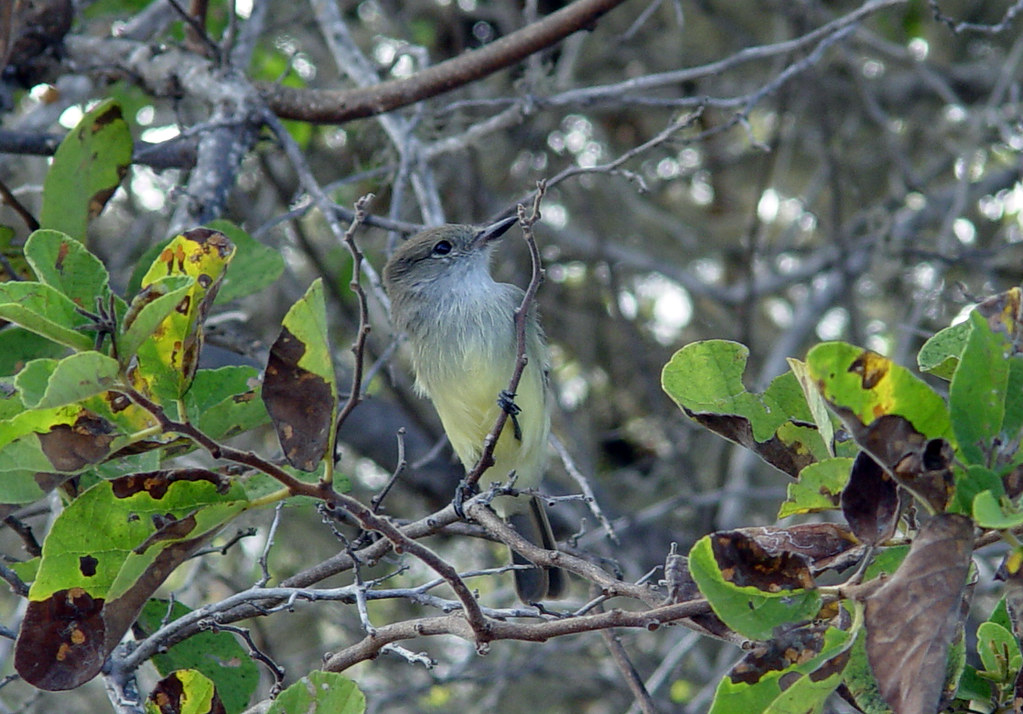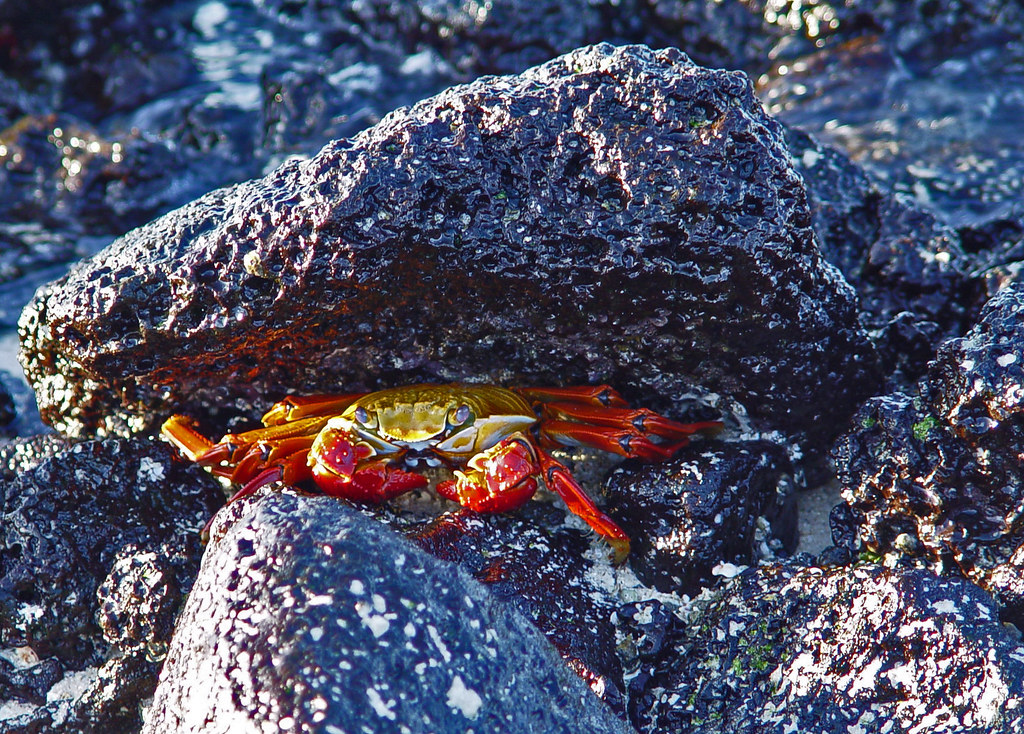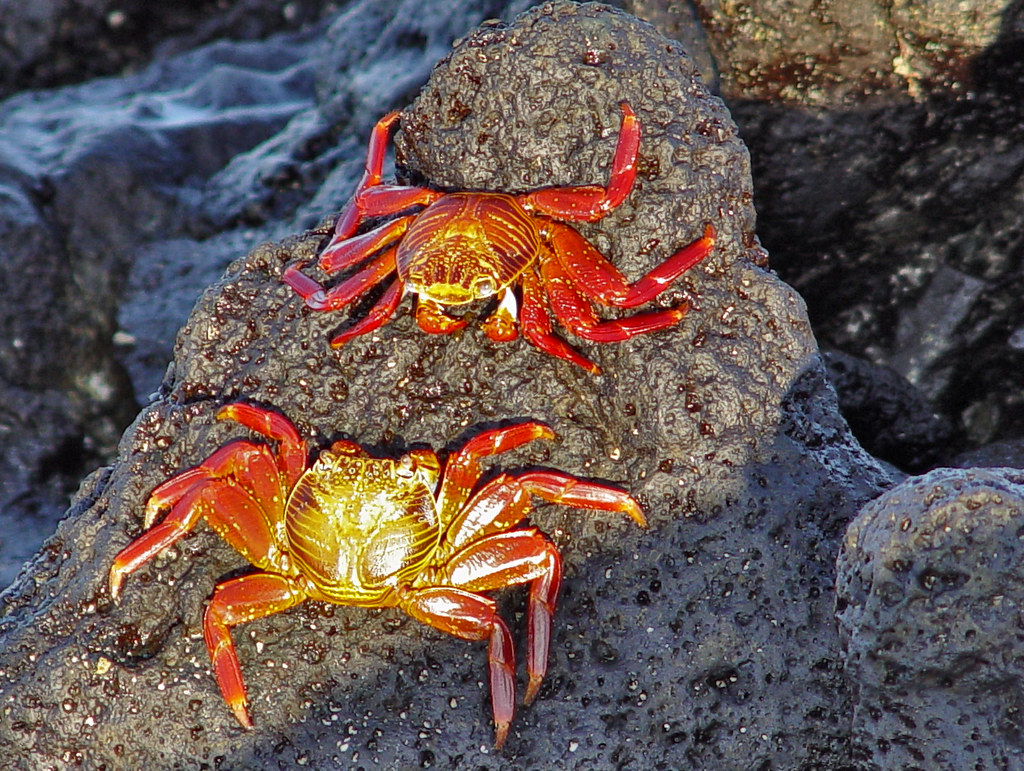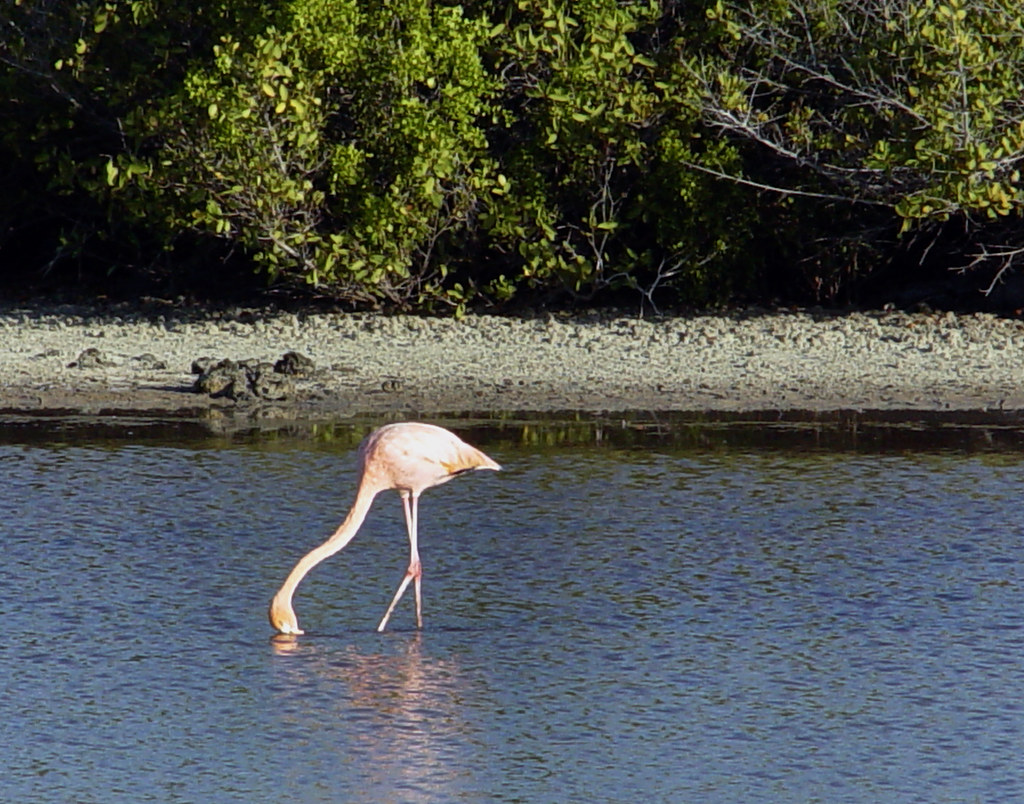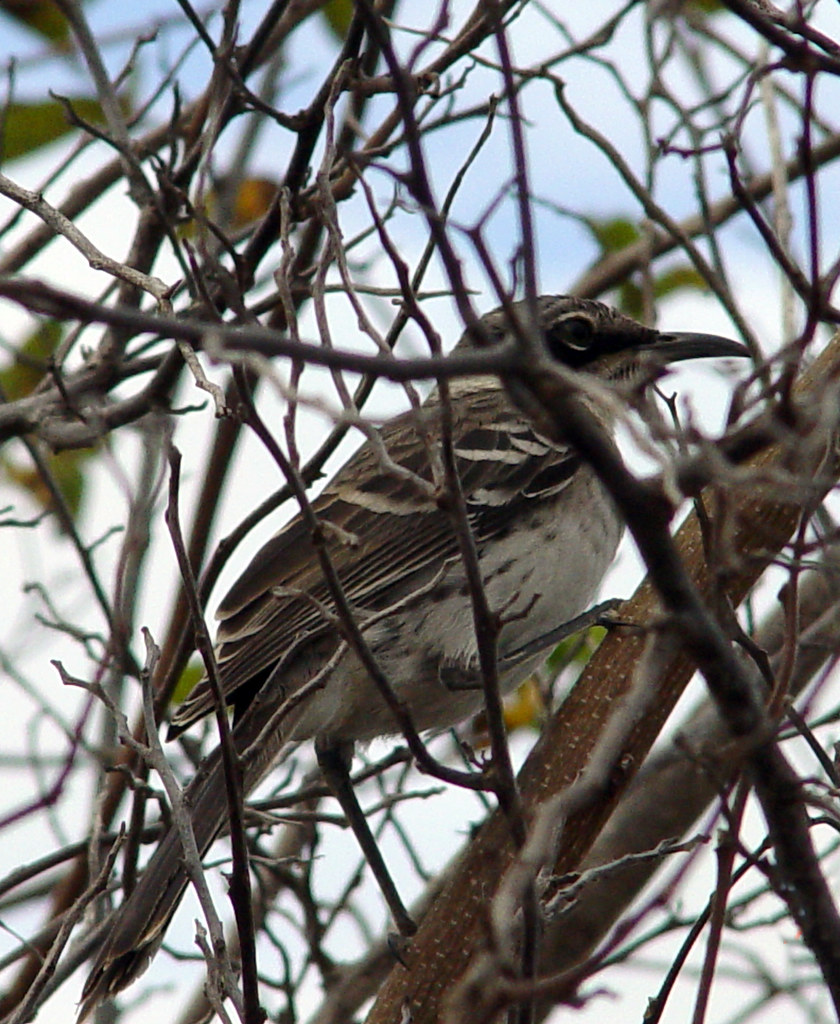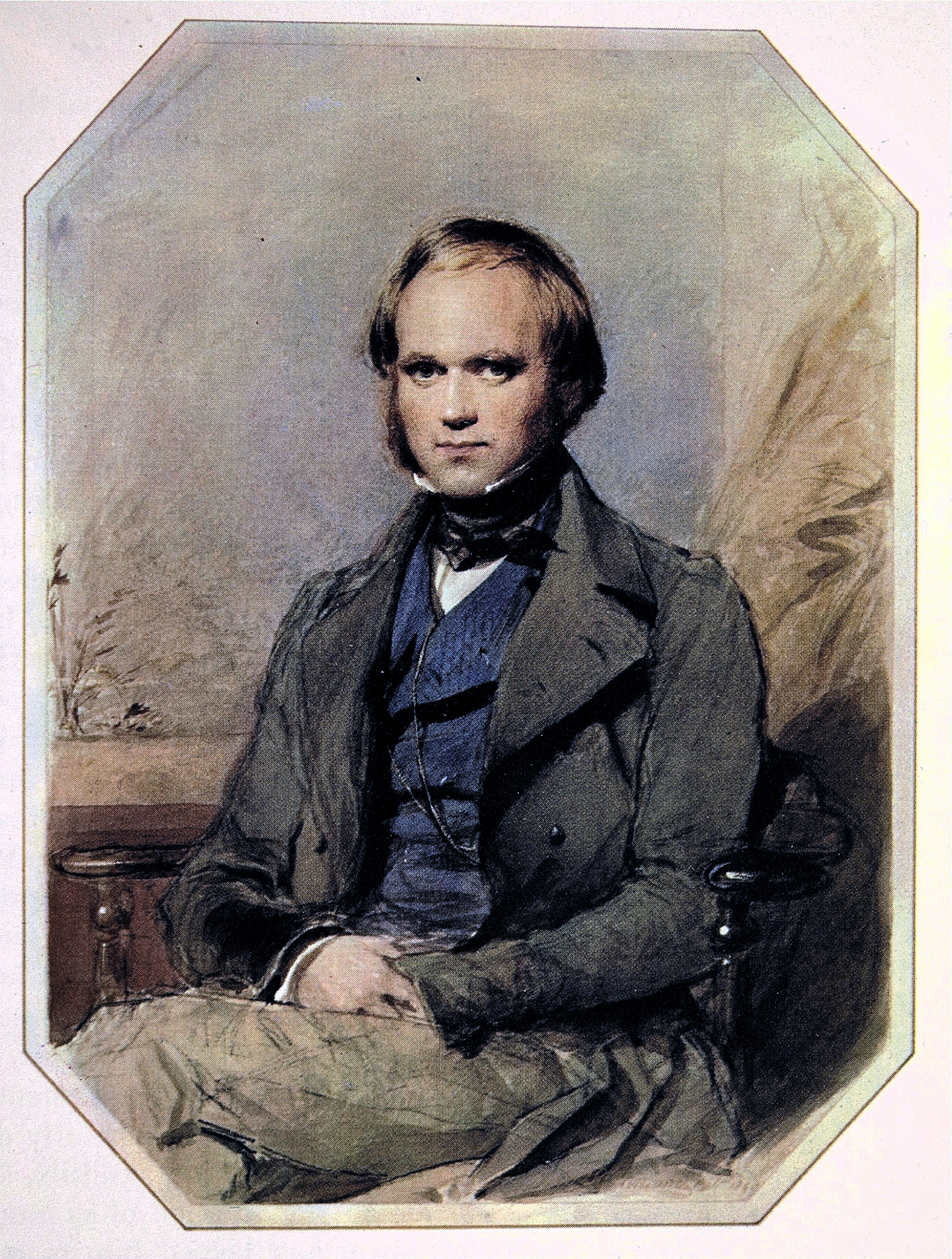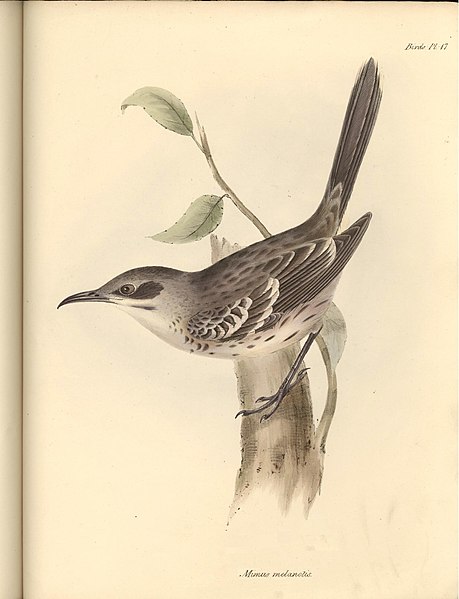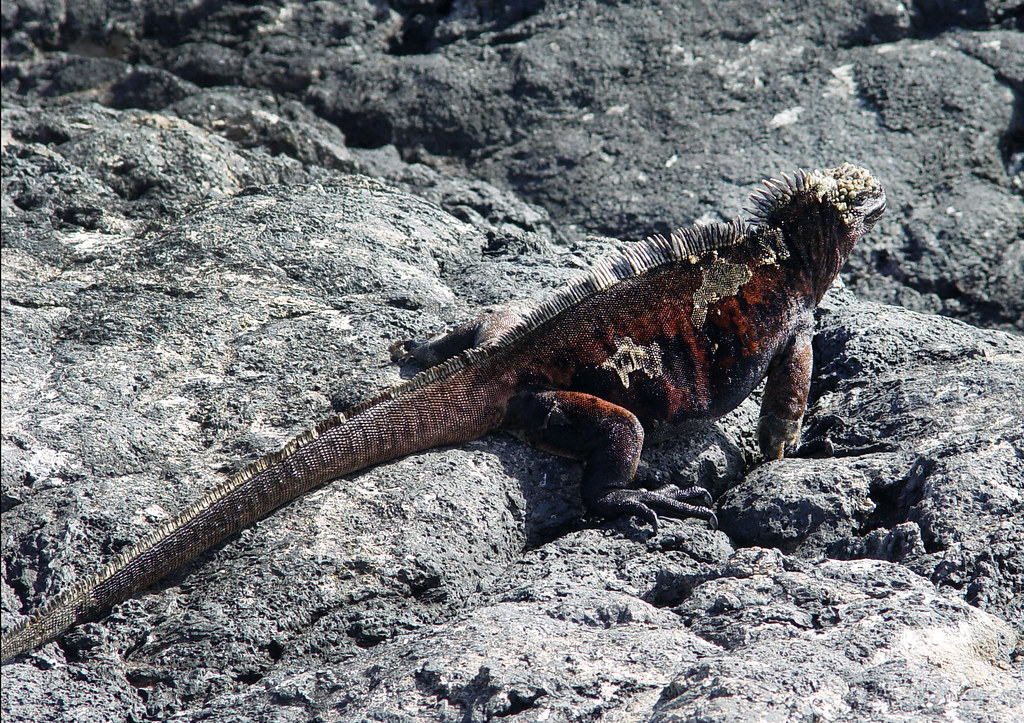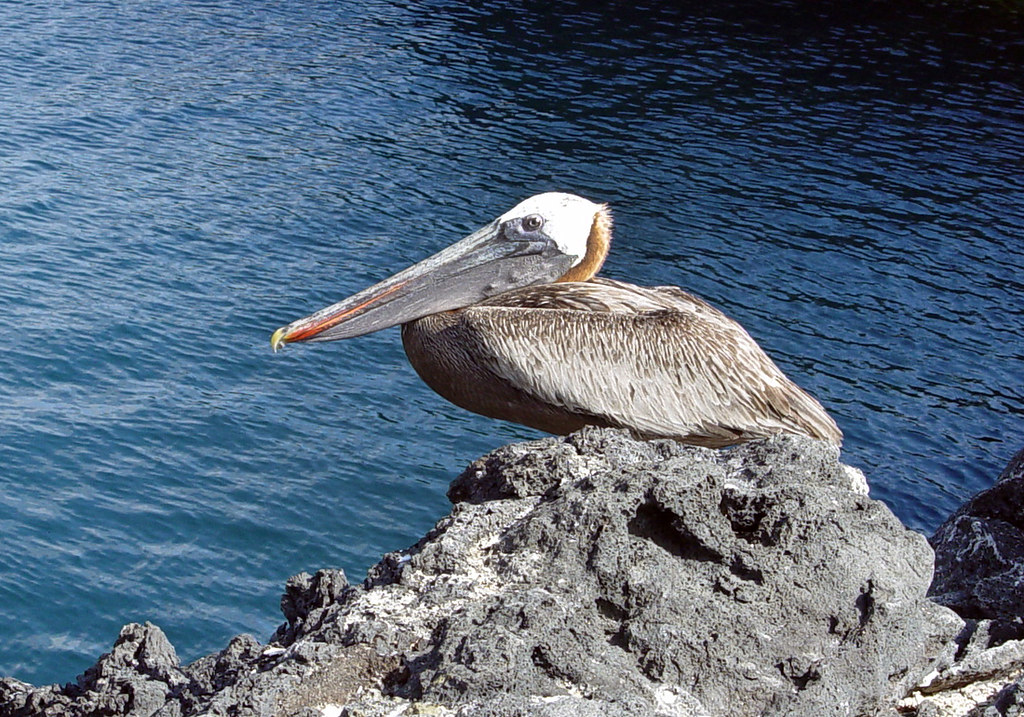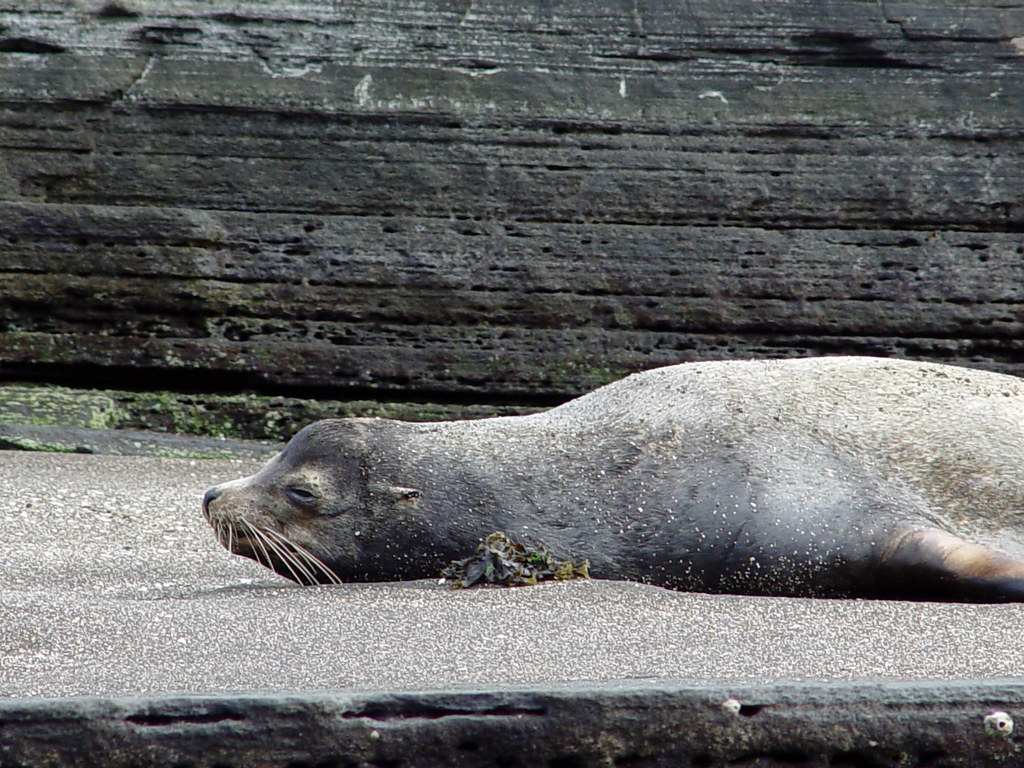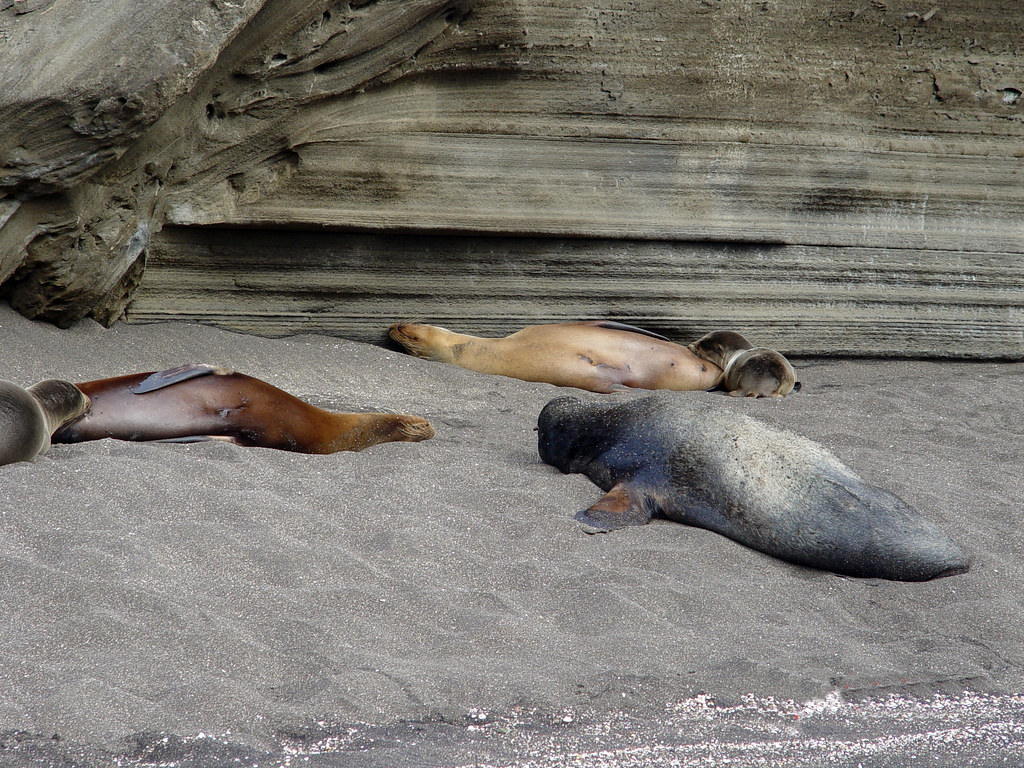Whenever I visit New Orleans I love to stay at the Hotel Monteleone, not just because we are related to the owners, but because it exudes the essence of the city. It is easy to understand how it has earned the title of “Grande Dame of the French Quarter.” Its beaux-art architecture blends in beautifully with the rest of the Vieux Carre.
It is conveniently located on Royal Street (Rue Royale), home of some of the swankiest antique stores in New Orleans. A lobby display case features collectibles from Moss Antiques…
…showcasing colorful oyster plates…
…and fancy epaulettes in the original box.
Another display case boasts of the hotel’s rich literary history…
…including a letter written by Tennessee Williams.
The lobby flowers are always spectacular, but the lobby is at its finest in December, with the traditional Christmas tree…
…and the antique grandfather clock…
… all gussied up for the holidays.
I like to tag the spot in front of the clock where the years have worn a dip in the marble floor.
The decorative wood panels by the elevators add a flair of elegance.
***
One year ago, one hundred of our closest relatives converged upon the Hotel Monteleone for a family reunion. We decided that the week between Christmas and New Year’s Eve was the perfect time to gather because all schools, universities, and many businesses are on holiday.
When my husband and I were getting ready for the reception in our room upstairs, I watched the sun set from our window. I held my breath as I watched a barge make the impossibly tight turn at the bend of the Mississippi.
The reunion gathering was in a downstairs meeting room overlooking Royal Street.
The hotel’s catering staff did a spectacular job preparing and serving a delicious and beautiful buffet of fruits…
… and crudités.
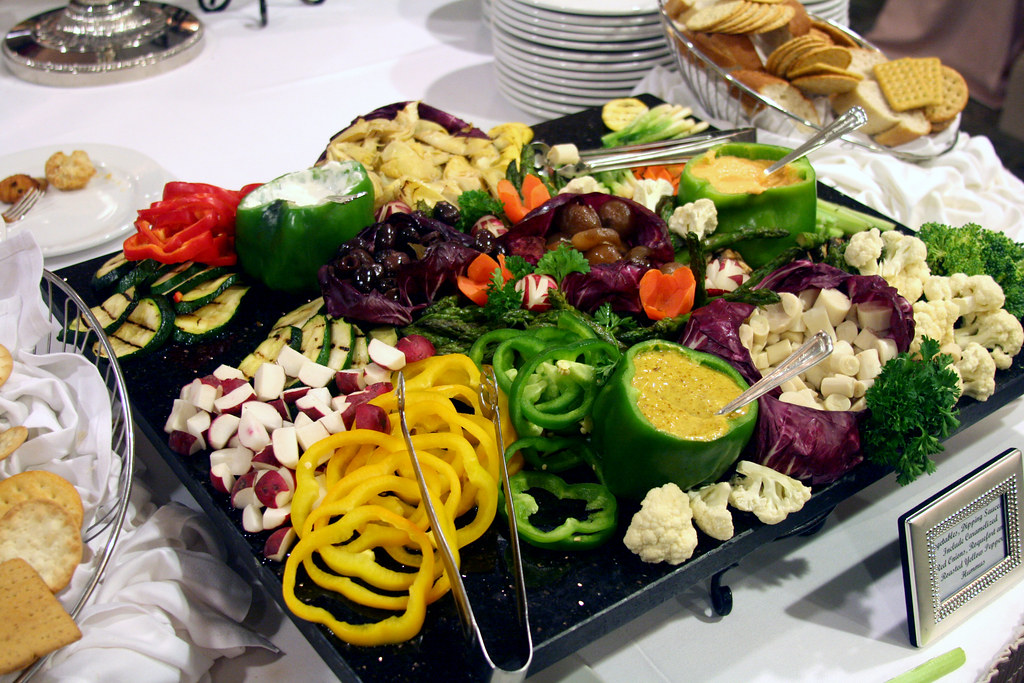
The soup buffet offered a choice oyster artichoke, white asparagus and brie, and seafood gumbo served in demitasse cups. I can attest that all three soups were fantastic.
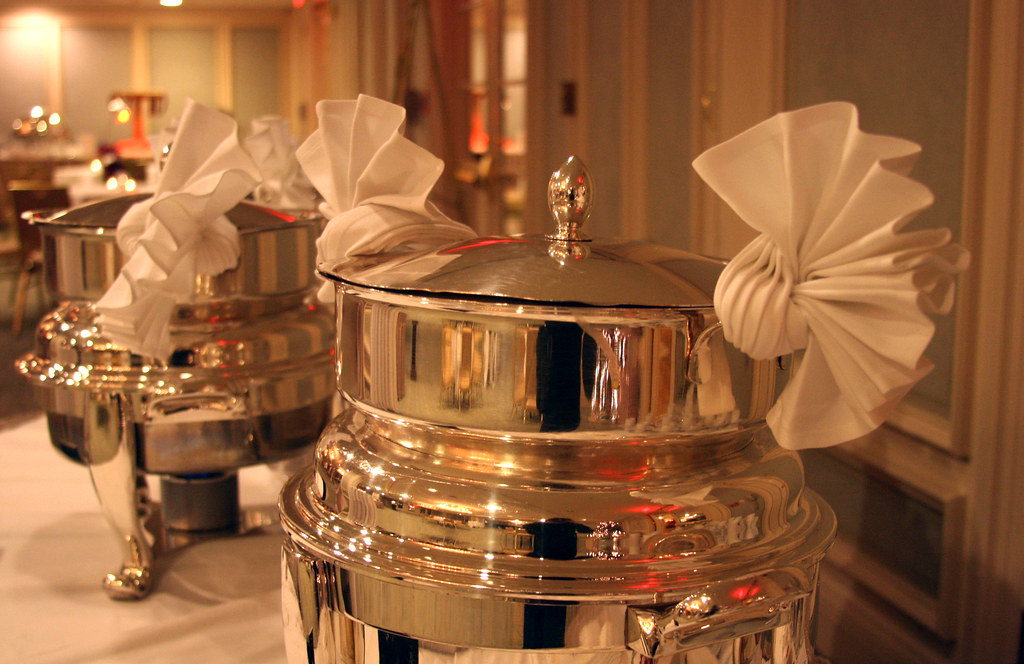
I can also tell you that the martini glasses with grilled artichoke heart with lump crab and avocado brunoise with radish sprouts and lemon for garnish were scrumptious. As for the shooters with tomato, basil, and dilled watercress pana cotta - my goodness, they were delicious.

I forgot to take photos of the barbecue buffet and I didn’t have room for the sliders, but I did stop to admire the gorgeous jewel-toned floral arrangements by Perfect Presentations.
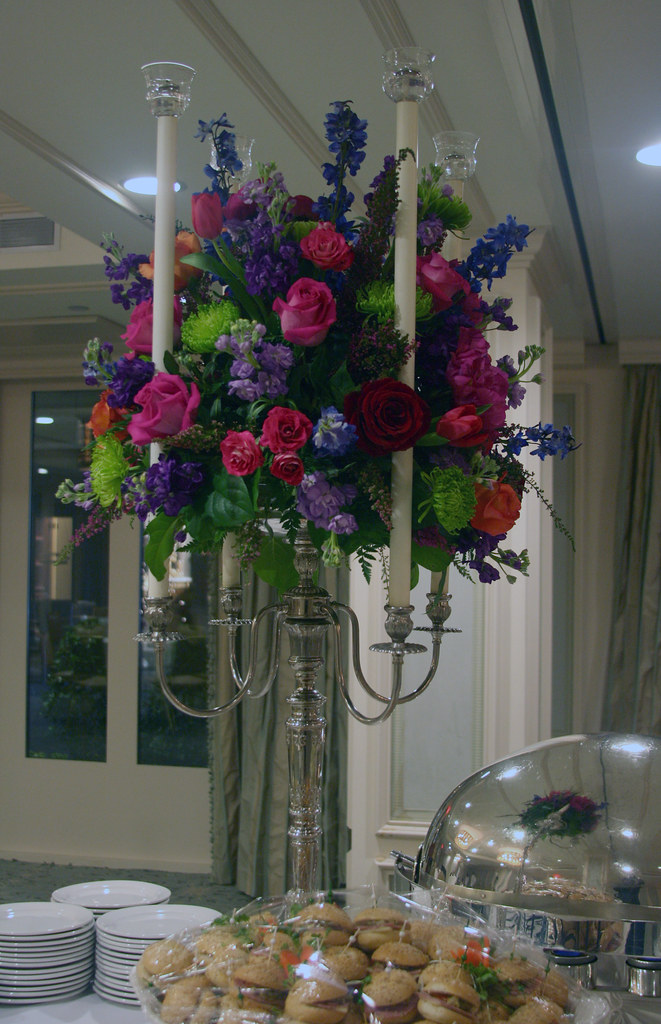
Most of all, though, I loved catching up with relatives I hadn’t seen in a long time and meeting new ones that I never knew existed.
***
Two nights later, on New Year’s Eve, my daughter, my sister and I had a cocktail the Carousel Bar, where you can literally feel the room spinning every fifteen minutes.
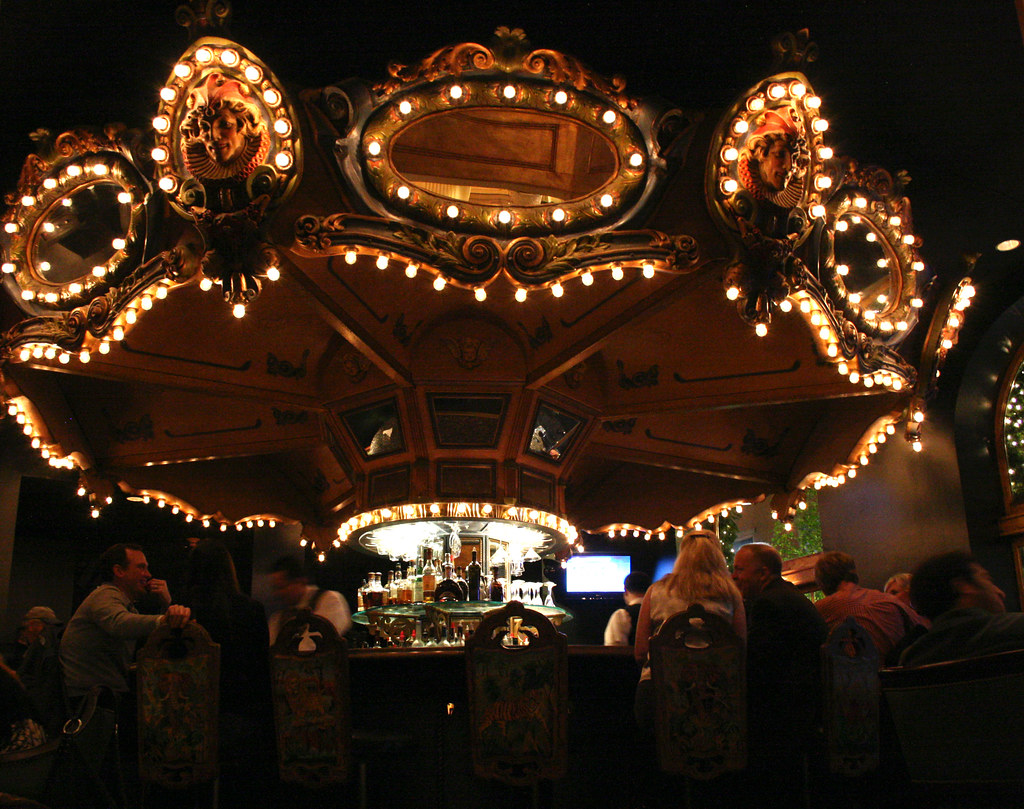
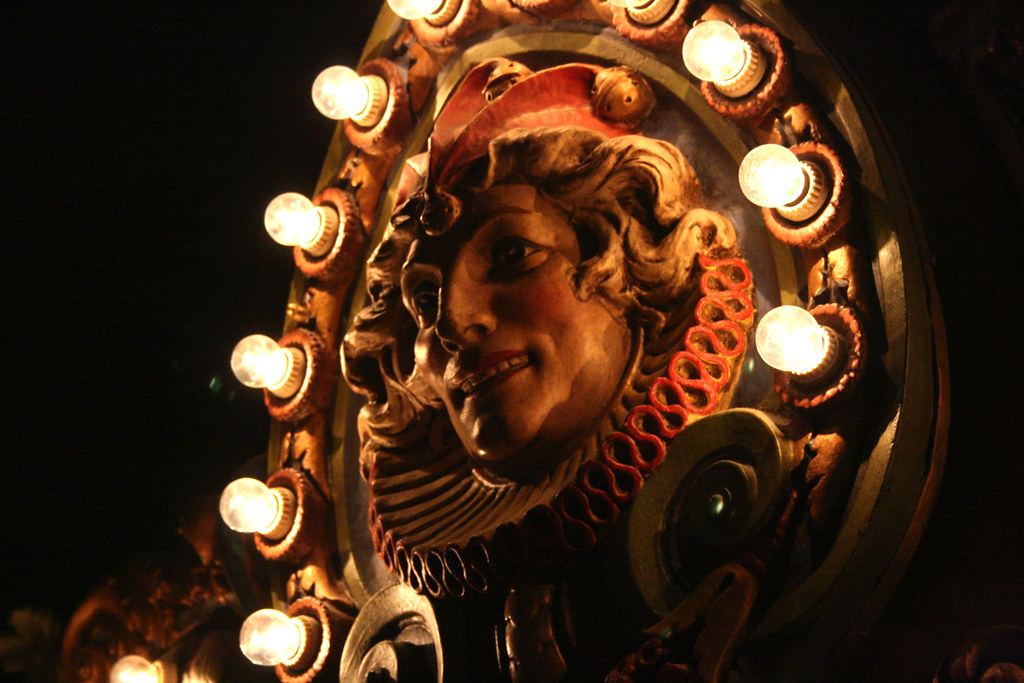
Earlier in the week, my father-in-law reminisced about his courtship with my mother-in-law when they used to listen to Liberace play here.
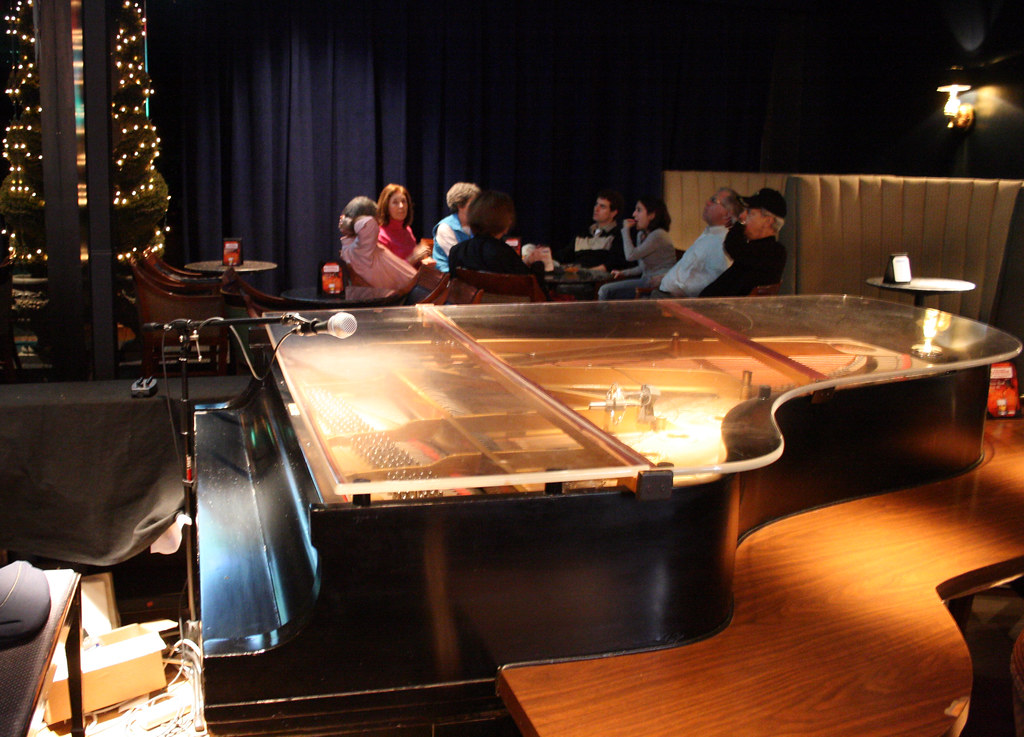
After weighing all our options, we chose to bring in 2011 in the comfort of our room upstairs, watching the fireworks across the Mississippi while sipping mango bellinis.

Here is a glimpse of the fireworks at Jackson Square about seven blocks away.
From the comfort of my home in Palo Alto, I wish you all a Happy New Year!



